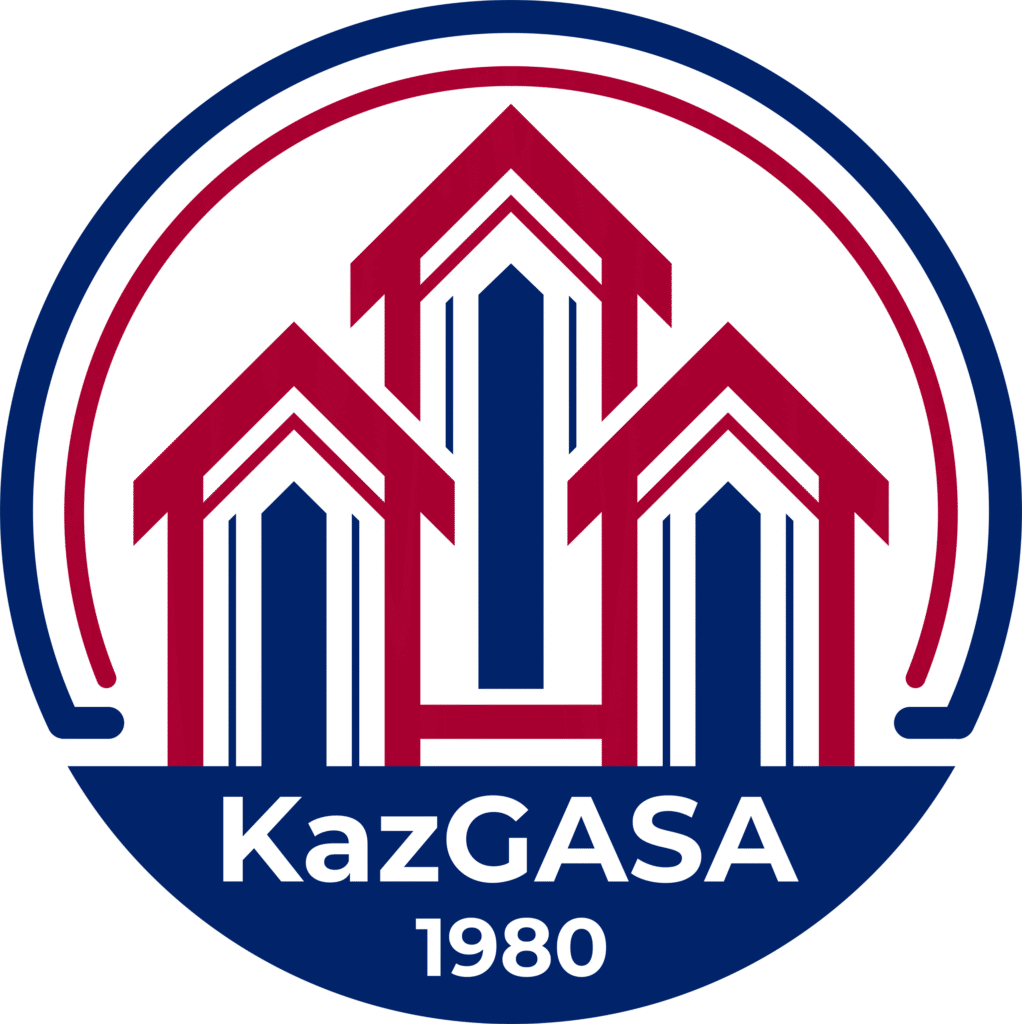School of Design
History of the school
In 1992, the year AASI was transformed into KazGASA, a new specialty — Architectural Environment Design — was established within the Faculty of Architecture at the initiative of Yuri Igorevich Bakhmutov.
At the same time, Kazakhstan’s first-ever Department of Design was established. The department received significant support from the Union of Designers of Kazakhstan, led by Timur Bimashovich Suleimenov, as well as the Almaty Center for Contemporary Art and its director, Valeria Ibraeva. Thanks to the enthusiasm and exceptional organizational skills of its head, Yuri Bakhmutov, great efforts were made to create a unique design environment within KazGASA — one that became a true home for many faculty members and students.
He was supported in this endeavor by his colleagues and like-minded associates — Alim Ravilovich Sabitov, Laylya Rymbekovna Turganbayeva, Pavel Petrovich Savranchuk, and Nelli Mikhailovna Uteeva. A new design education concept emerged — one that stood out among many other universities in the Republic of Kazakhstan, which at the time perceived and implemented only the artistic aspects of design.
Educational programs
The school offers the following areas of study:
Doctoral studies
Frequently asked questions
Какие творческие экзамены нужно сдать для поступления?
Для поступления необходимо сдать два творческих экзамена: рисунок и черчение.
Рисунок
Абитуриенту предстоит нарисовать капитель античного ордера с драпировкой. Работа выполняется на листе формата А3 в течение 4 часов. Рисунок создаётся карандашом с использованием линий и штрихов.
Требования к выполнению рисунка:
- правильное композиционное размещение изображения на листе;
- точная линейно-перспективная передача формы капители;
- конструктивное построение формы;
- соблюдение пропорций;
- проработка света и тени для передачи объёма;
- реалистичное изображение драпировки.
Проходной балл: от 5 до 50.
Черчение
Абитуриент должен выполнить чертеж геометрического тела на формате А3 за 3 часа. Задание включает построение третьей ортогональной проекции по двум заданным видам, проставление размеров, а также построение прямоугольной изометрической проекции.
Для выполнения работы необходимо иметь: карандаши (2H, 3H, HB, B), линейку, угольники (30°, 45°, 60°), циркуль, измеритель и ластик.
Экзамен направлен на проверку пространственного мышления и базовых навыков черчения.
Проходной балл: от 5 до 50.
Какие образовательные программы доступны для поступающих?
Для поступающих доступны следующие образовательные программы уровня бакалавриата в области дизайна:
- 6В02121 – Архитектурный дизайн
- 6В02122 – Графический дизайн
- 6В02123 – Промышленный дизайн
- 6В02124 – Дизайн моды
Каждая программа направлена на подготовку специалистов с креативным мышлением и профессиональными навыками в соответствующей области дизайна.
Какие условия доступны студентам?
Для студентов-дизайнеров созданы комфортные и современные условия для обучения и реализации творческих проектов. Доступны следующие ресурсы:
- Хромакей-студия — специально оборудованное пространство для видеосъёмок, фото- и мультимедийных проектов, включая создание digital-контента и презентаций.
- Лаборатория FabLab — оснащена 3D-принтерами, лазерными резаками и станками для обработки дерева. Здесь студенты могут изготавливать макеты, прототипы и дизайнерские объекты.
Эти лаборатории позволяют развивать практические навыки и воплощать идеи в реальные проекты.
school contacts

